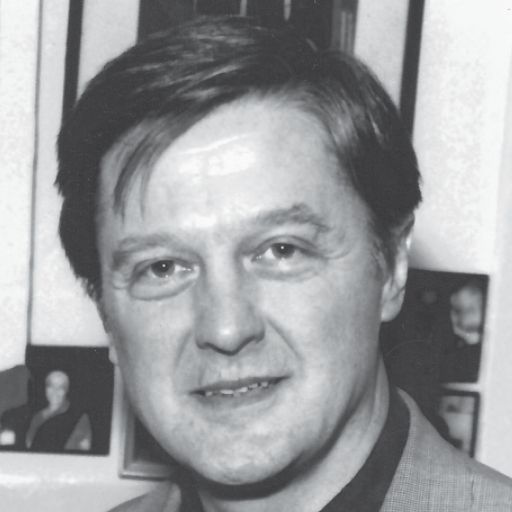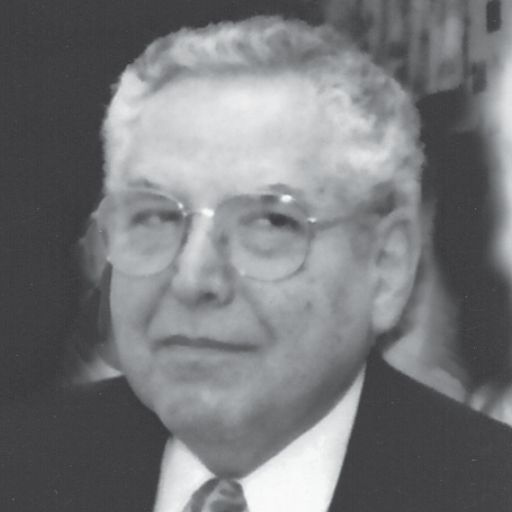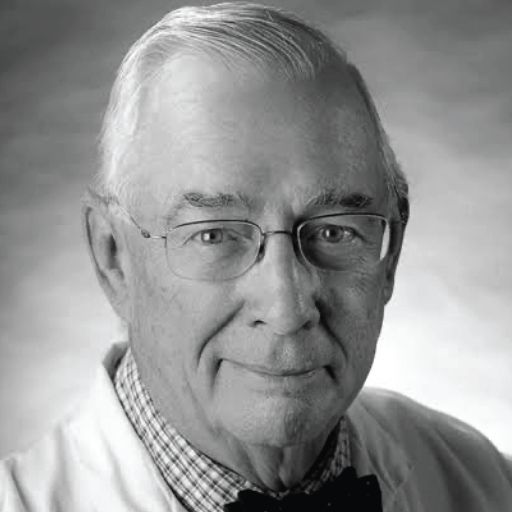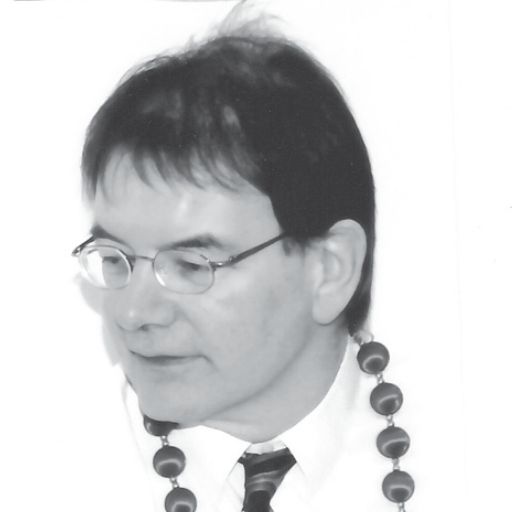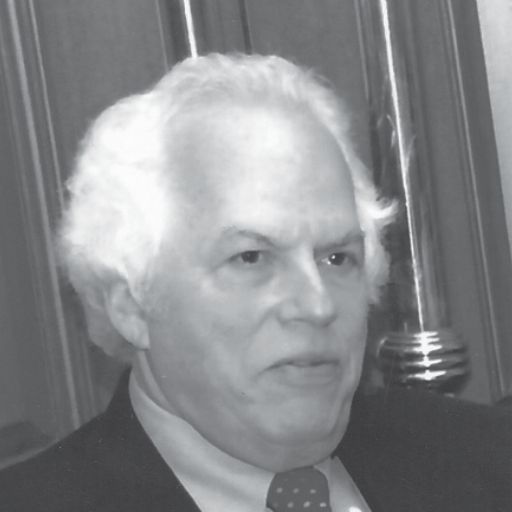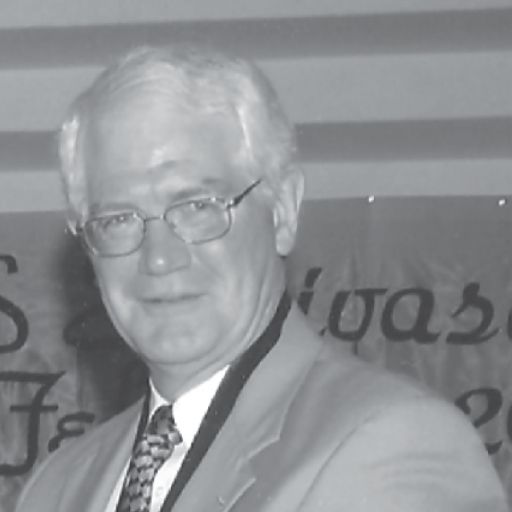2005

Year 25
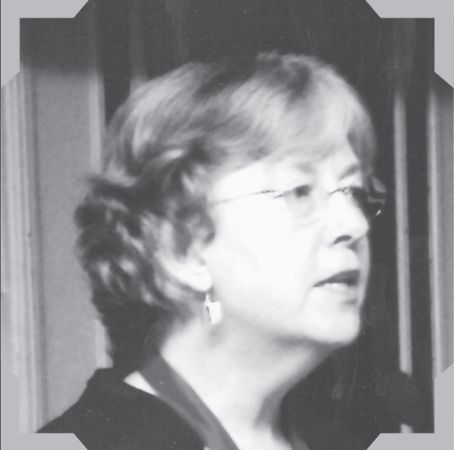

Prof. Ann B. Young
Julieanne Dorn Professor of Neurology
Harvard Medical School, USA
THEME: FROM MOLECULES TO MEDICINE : THE CHALLENGE OF BRAIN DEGENERATION IN THE 21ST CENTURY
Great progress has been made in Huntington's Research over the past decade and there are many exciting
avenues of research that promise more effective therapies in the future. Effective intervention is the ultimate
aim of all this research, and determining which pathways are most important for disease induced neuronal
dysfunction is critical for this. There is protein accumulation in its varied forms in neurodegenerative diseases,
such as huntingtin in Huntington's disease (HD). In Huntington's disease, there is an unstable expansion in
the trinucleotide repeats of CAG (cytosine-adenine-guanine) in the genome. The neuronal degeneration in
HD is selective, of adult onset and progressive. The aberrant protein expression is not restricted to the brain.
Huntingtin appears to have multiple roles within the cell. Its normal role may be to help transport proteins or
organelles up and down the neuronal processes, It may also play a role in vesicle turnover and receptor
turnover. It appears to play a role in calcium homeostasis. However, mutant huntingtin appears to take on
additional activities, which includes influencing gene transcription. This transcription may be aberrant due to
the mutant huntingtin binding with a transcription factor.

